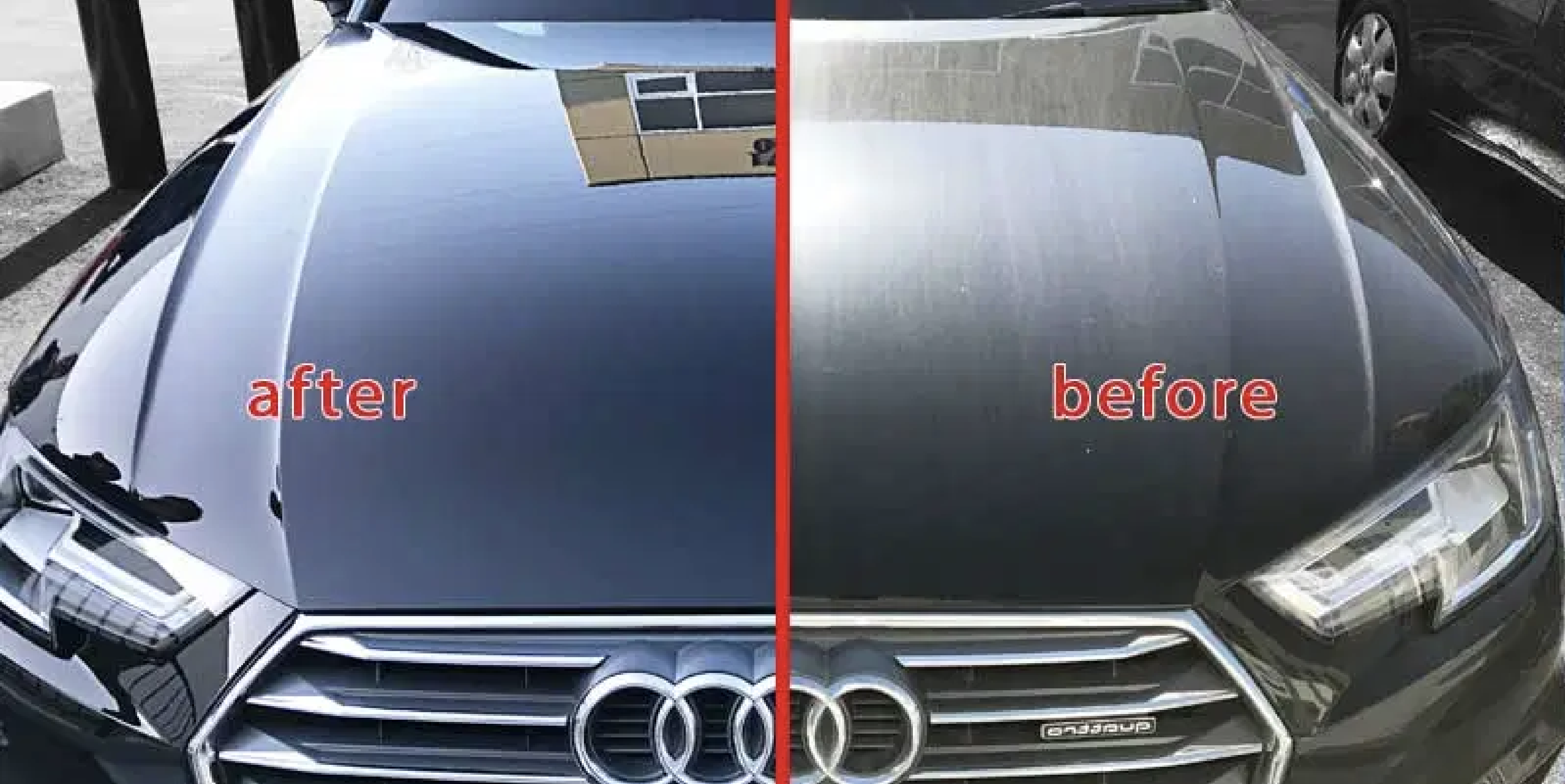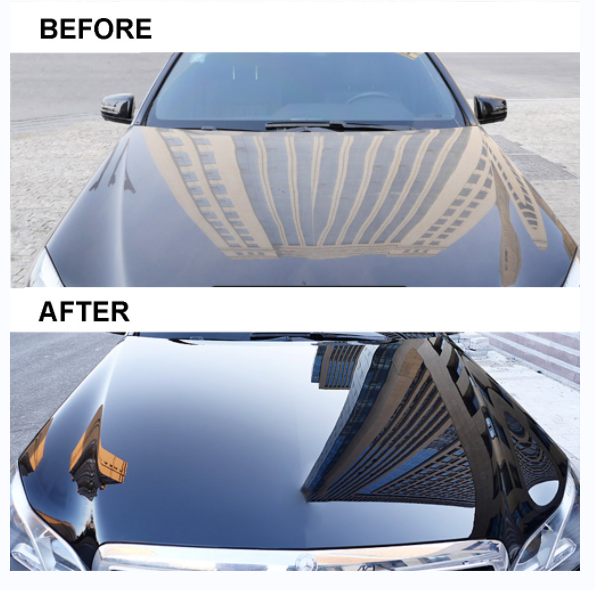A Comprehensive Overview to the Kinds Of Ceramic Finish on the Market
Ceramic layers have emerged as a pivotal service across different markets due to their one-of-a-kind buildings and applications. As we explore the distinctive qualities and applications of these layers, the effects for performance and longevity become increasingly obvious, raising questions about which type may finest fit your demands.
Understanding Ceramic Coatings
Ceramic coatings are sophisticated protective options that have actually obtained appeal in numerous sectors, specifically in automobile and aerospace applications. These finishings include a liquid polymer that, when treated, creates a durable, hydrophobic layer on the surface of the substratum. This layer gives enhanced resistance to environmental pollutants, UV radiation, and chemical direct exposure, therefore expanding the life and aesthetic appeal of the underlying material.
The essential part of ceramic coatings is silica, which adds to their solidity and toughness. The application procedure usually involves surface prep work, application of the finishing, and treating, which can be accomplished via warm or UV light. Once healed, ceramic coverings show phenomenal bonding residential properties, enabling them to adhere strongly to a variety of surface areas, consisting of metals, plastics, and glass.
In addition to their safety attributes, ceramic finishings additionally use simplicity of maintenance. Their hydrophobic nature lowers the adherence of dirt and grime, making cleaning easier and less regular. In general, the adoption of ceramic layers stands for a considerable development in surface security innovation, supplying both functional and aesthetic benefits throughout several fields.
Kinds of Ceramic Coatings
Various sorts of ceramic coatings are offered, each developed to fulfill certain efficiency needs and applications - Car Detailing. The most usual types consist of:
Silica-based Coatings: These coverings mostly are composed of silicon dioxide and are understood for their sturdiness and chemical resistance. They are commonly made use of in automotive and industrial applications.
Titanium Dioxide Coatings: Renowned for their photocatalytic buildings, titanium dioxide coverings are typically applied in settings where self-cleaning and antifungal residential properties are preferable, such as in structure materials and automobile finishes.
Zirconia Coatings: Characterized by their high-temperature stability and thermal resistance, zirconia coverings are utilized in applications such as wind turbine engines and high-performance automotive components.
Alumina Coatings: Exhibiting superb firmness and thermal security, alumina layers are regularly made use of in wear-resistant applications, including reducing tools and commercial equipment. - Car Detailing
Hybrid Coatings: Integrating the residential properties of numerous products, hybrid finishings supply improved efficiency features, making them suitable for one-of-a-kind and requiring applications.
Each type of ceramic layer offers unique objectives, allowing individuals to choose the most ideal service based upon certain environmental problems and efficiency needs.
Benefits of Ceramic Coatings
Ceramic finishes, in certain, offer numerous benefits that make them progressively preferred amongst manufacturers and consumers alike. These finishings are immune to scratches, chemicals, and UV rays, guaranteeing that the underlying surface area stays safeguarded over time.
Along with durability, ceramic finishings supply superb hydrophobic residential properties, permitting for very easy cleansing and maintenance. This water-repellent nature minimizes the adherence of dirt, grime, and other contaminants, which can prolong the aesthetic appeal and functionality of the surface. Furthermore, ceramic coverings can substantially improve thermal resistance, making them suitable for applications that sustain high temperature levels.

Application Process
When using ceramic finishings, a thorough approach is important to achieve ideal results. The application procedure normally begins with thorough surface preparation. This involves washing, you could check here decontaminating, and polishing the surface area to get rid of all impurities, consisting of dirt, oil, and prior waxes or sealants. A tidy surface area makes certain appropriate adhesion of the coating.
When the surface area is prepped, the next action is to apply the ceramic finishing. This can be done making use of an applicator pad or a microfiber cloth, making certain even protection. It is critical to operate in little areas to keep control and prevent premature treating. The coating ought to be applied in slim layers, as thicker applications can bring about uneven surfaces.
After application, the covering requires a specific healing time, normally ranging from a few hours to a complete day, depending on the item. Following these actions diligently will make the most of the performance and longevity of the ceramic coating, offering a sturdy protective layer for the surface area.
Upkeep and Long Life
To make certain the durability and efficiency of a ceramic coating, routine upkeep is important. Ceramic finishes, known for their sturdiness and safety high qualities, call for particular treatment regimens to maximize their life expectancy see this page and performance.
Along with normal cleaning, periodic evaluations are essential. Search for signs of wear or damages, such as hydrophobic homes reducing or surface flaws. If required, a light polish may be put on renew the layer without stripping it away.
Additionally, the application of a booster spray can boost the coating's hydrophobic impacts and recover its gloss. This is especially valuable for coatings that have remained in usage for an extended period. Inevitably, by adhering to these maintenance methods, one can substantially prolong the life of a ceramic finish, making certain that it remains to give optimum security against environmental elements and maintain the visual allure of the automobile.
Verdict
